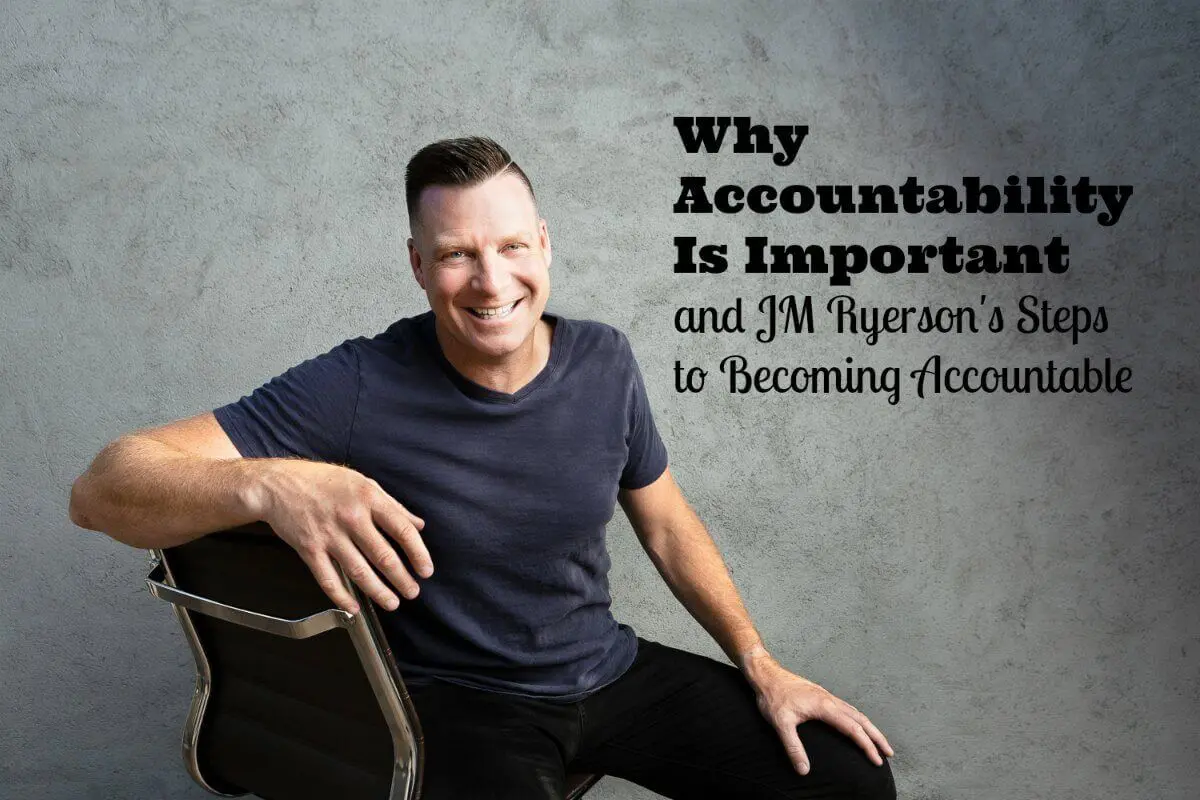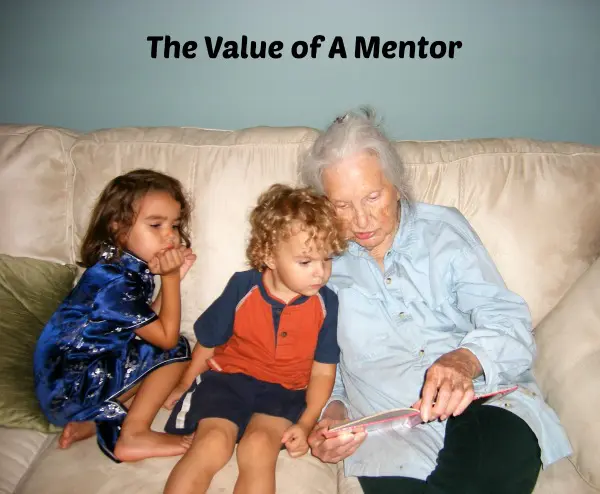If you’ve ever felt betrayed by a family member, you’re not alone. In fact, most people, at some point in their life, feel betrayed by family, friends, a romantic relationship, or even a business relationship. When family betrays you, it may feel particularly painful as these are supposed to be the people we can trust […]
self-improvement
10 Benefits Of Reading Books
Reading books is one of the most rewarding habits you can develop. It not only entertains but also enriches the mind and nurtures personal growth- for both children and adults. Whether you’re diving into a thrilling novel, exploring a new topic, or revisiting an old favorite, reading stimulates the imagination. It sharpens focus and deepens […]
Importance Of Accountability For Your Actions
I believe that accountability often gets overlooked as one of the truly important qualities that we should all display at home, in family life, and in our places of work. Instead, accountability is a word we often associate with leaders. This is because a good leader always takes responsibility for their actions and the consequences […]
The Power Of Positive Affirmations For Kids
I was first introduced to the concept of positive affirmations when I was a teenager. I was telling a friend of mine about a problem I was having and she gave me a book off her bookshelf called “You Can Heal Your Life”, by Louise Hay. It really opened my mind to the power of […]
What Is The Role Of A Mentor?
If you are interested in either having a mentor or being a mentor, you might want to give some thought to the question, “What is the role of a mentor?” He or she should provide guidance, support, and expertise to someone with less experience or knowledge. But that definition just focuses on the functionality of […]
How To Help A Shy Child Socialize
First, what is a shy child? A shy child might prefer to be alone, display hesitancy when interacting with others, or need extra reassurance in unfamiliar settings. Let me reassure you, there is nothing wrong with a shy child. It is perfectly normal and fine for a child to be shy. However, as a parent, […]
Self-Acceptance Activities And Exercises For Kids
There is no question that self-esteem and self-acceptance are critical to an individual’s happiness. As a mother, I want my kids to strive to always deliver their very best but at the same time, I want them to be able to accept their limitations and feel good about themselves. According to Lorrie Shepard, self-acceptance is […]







